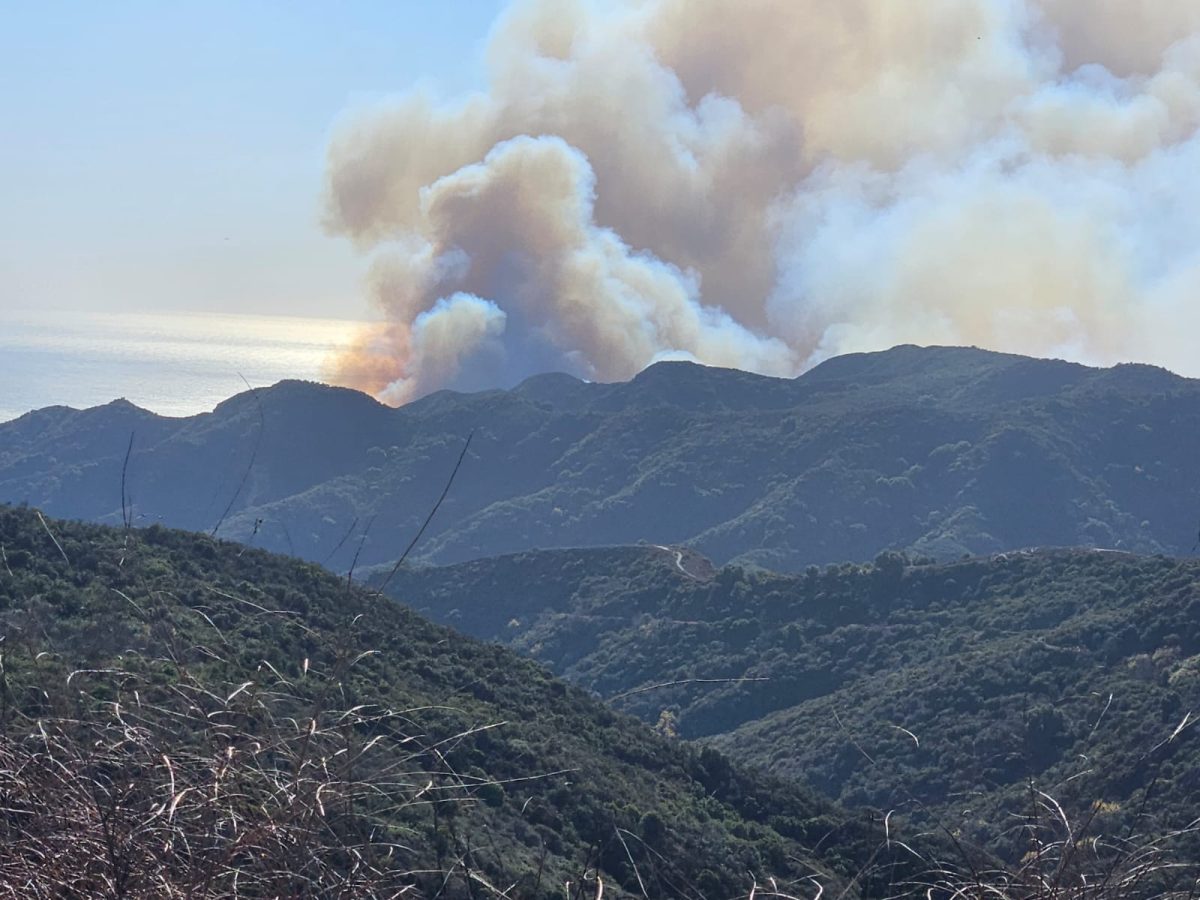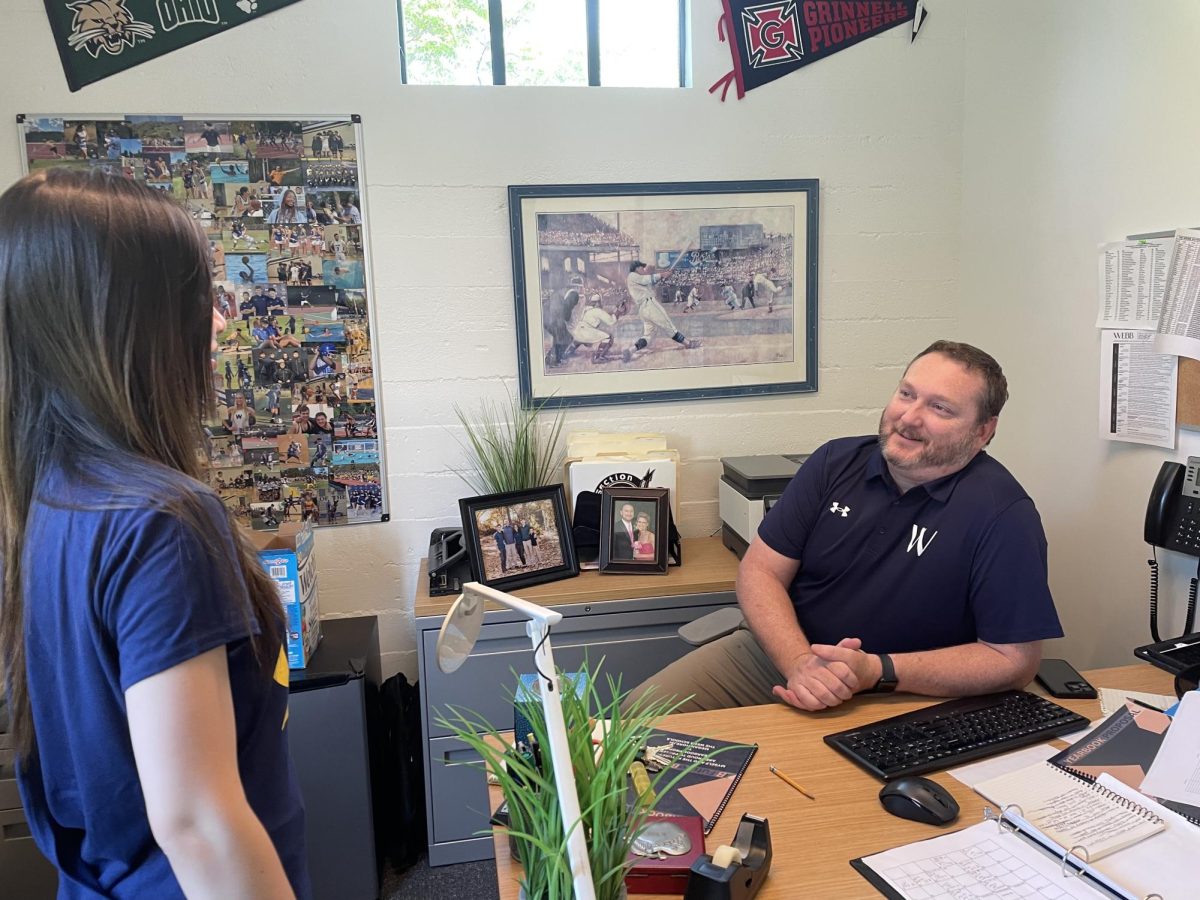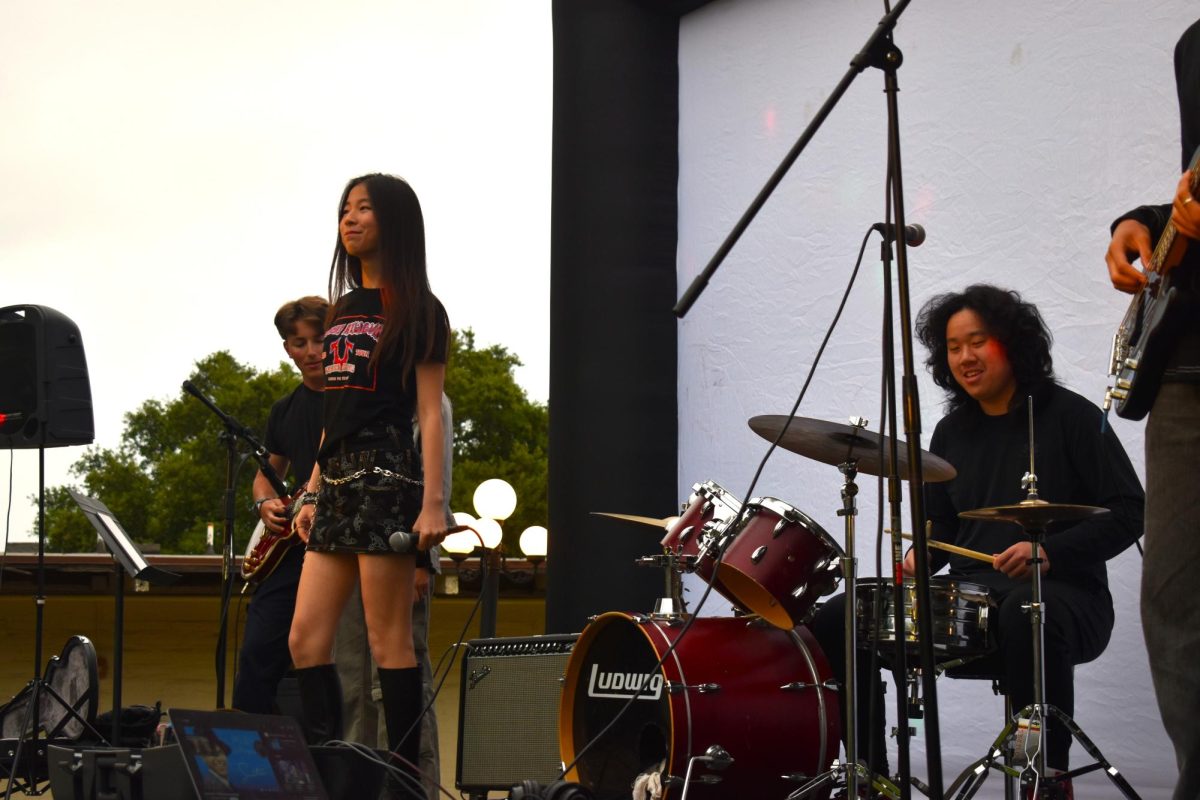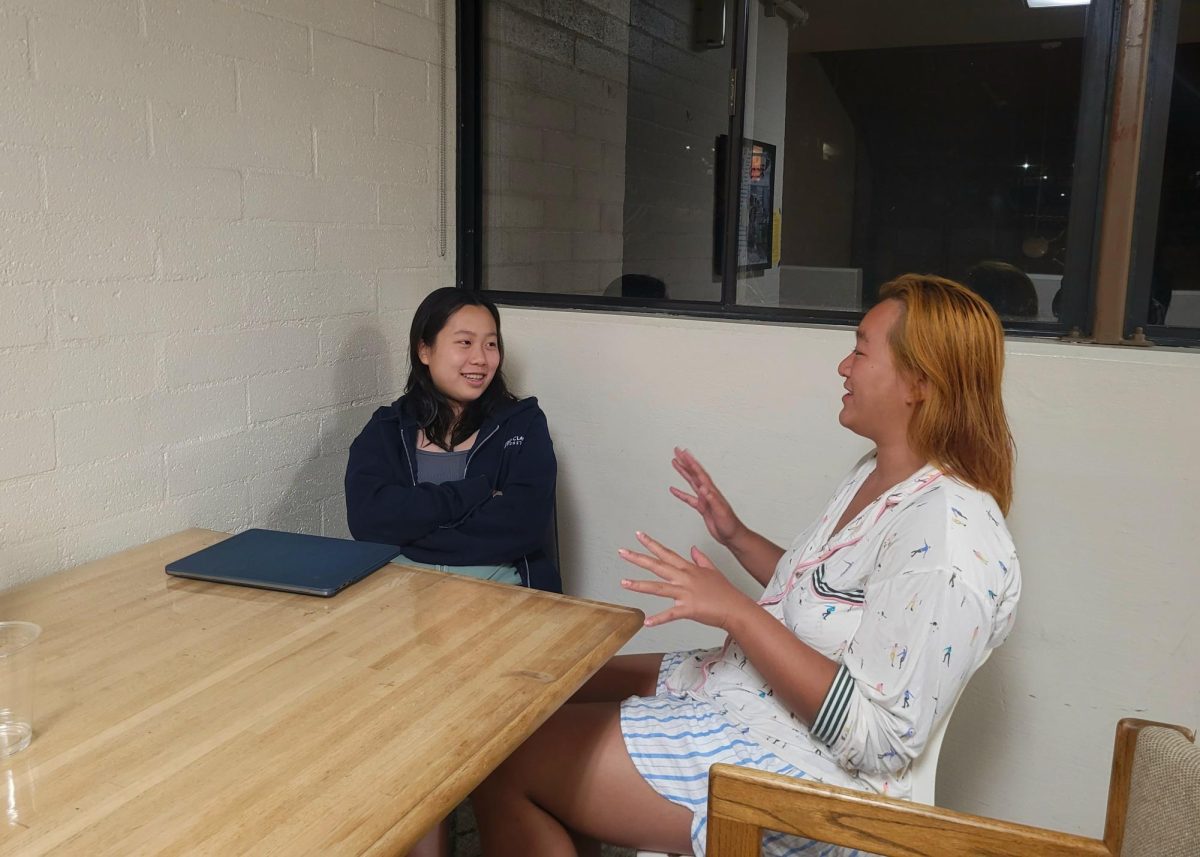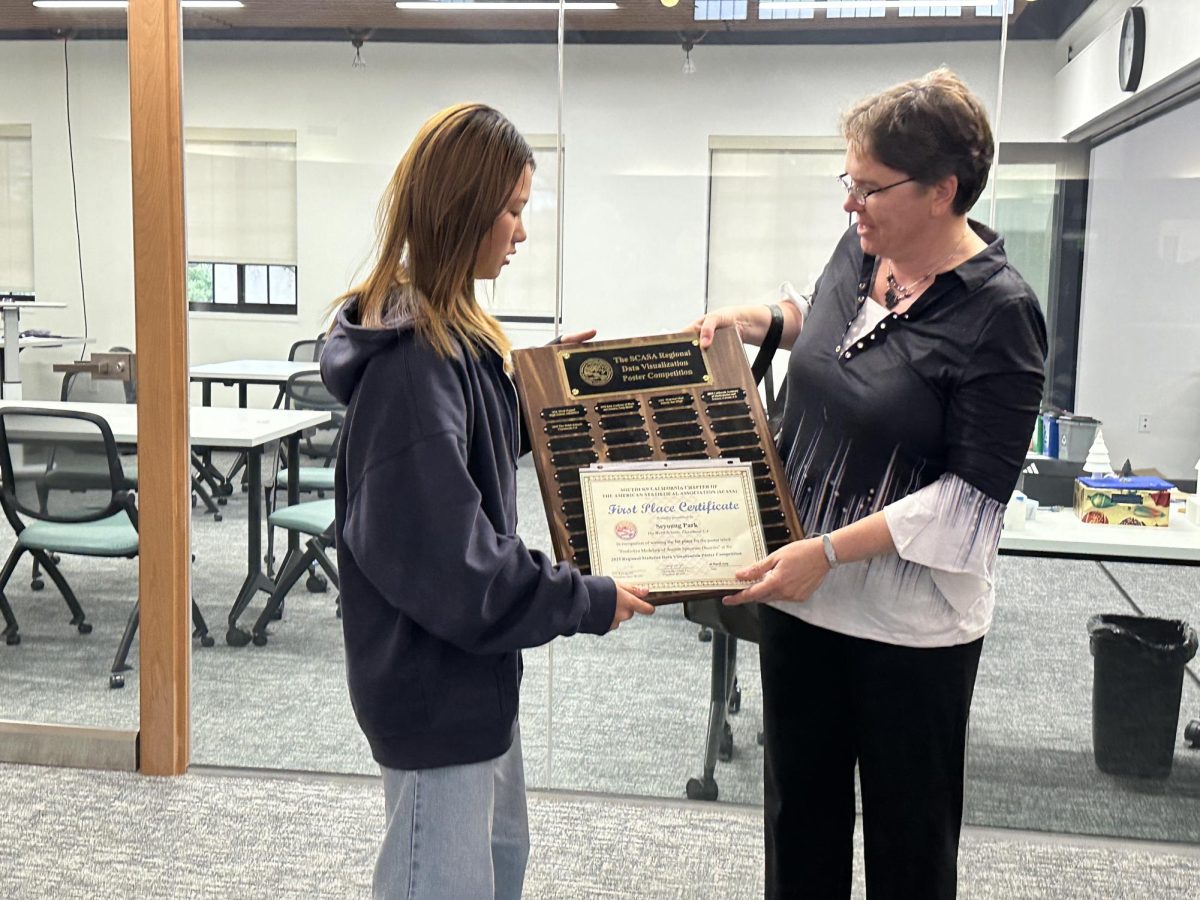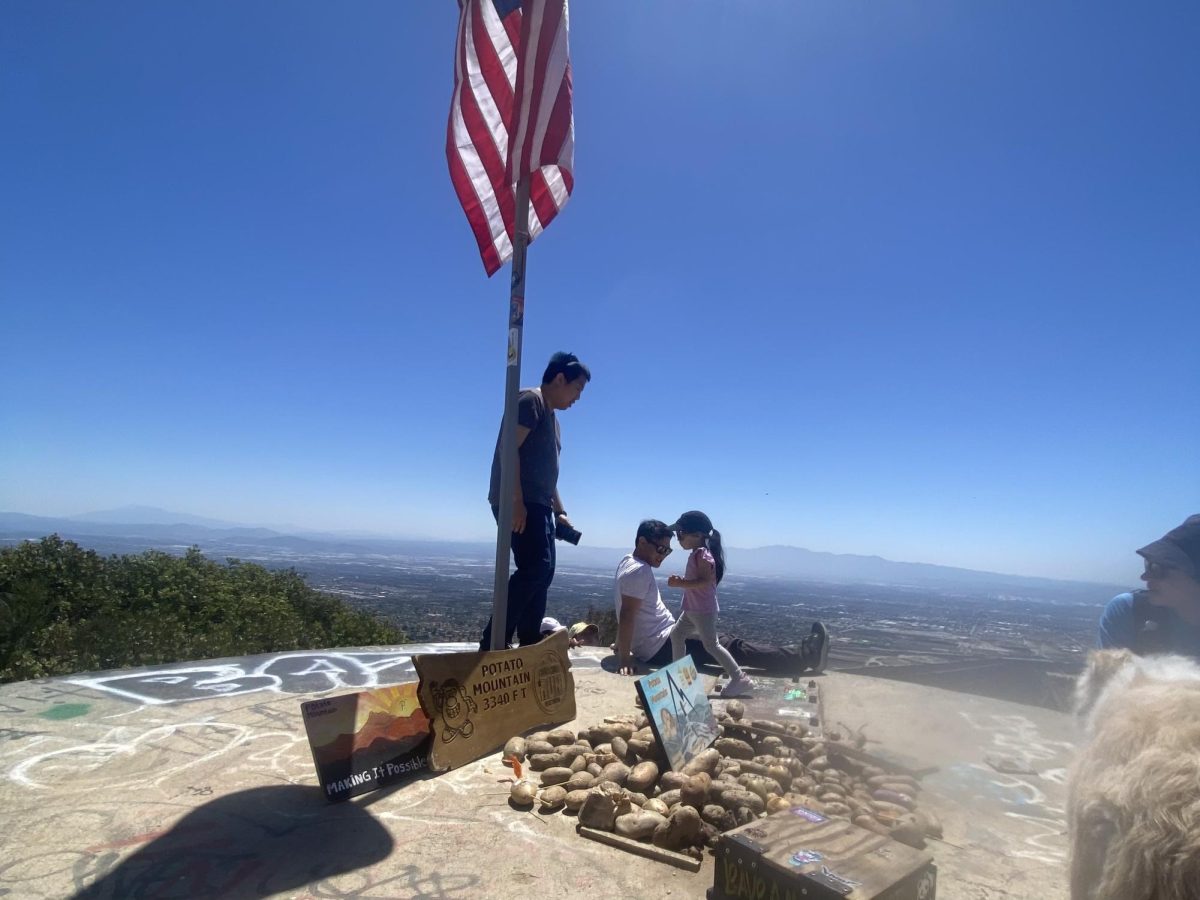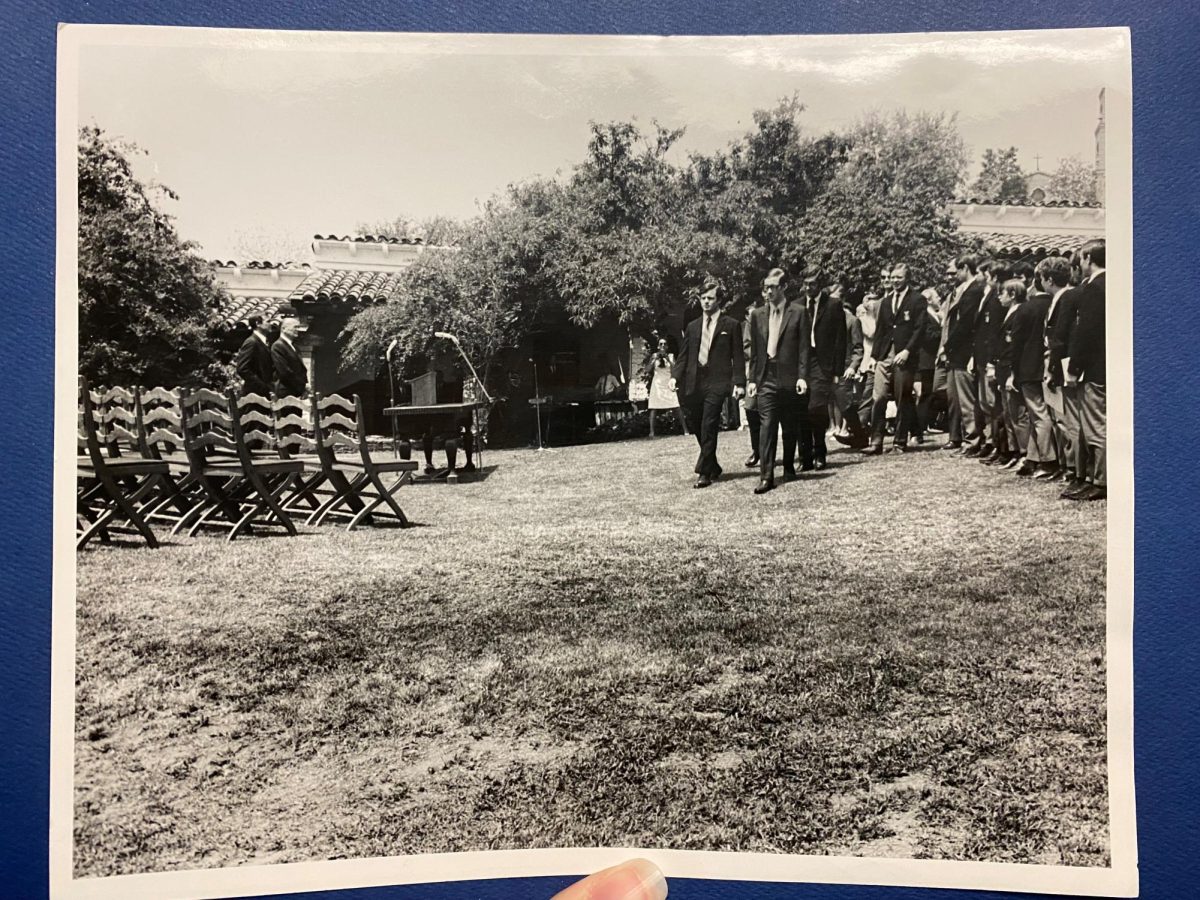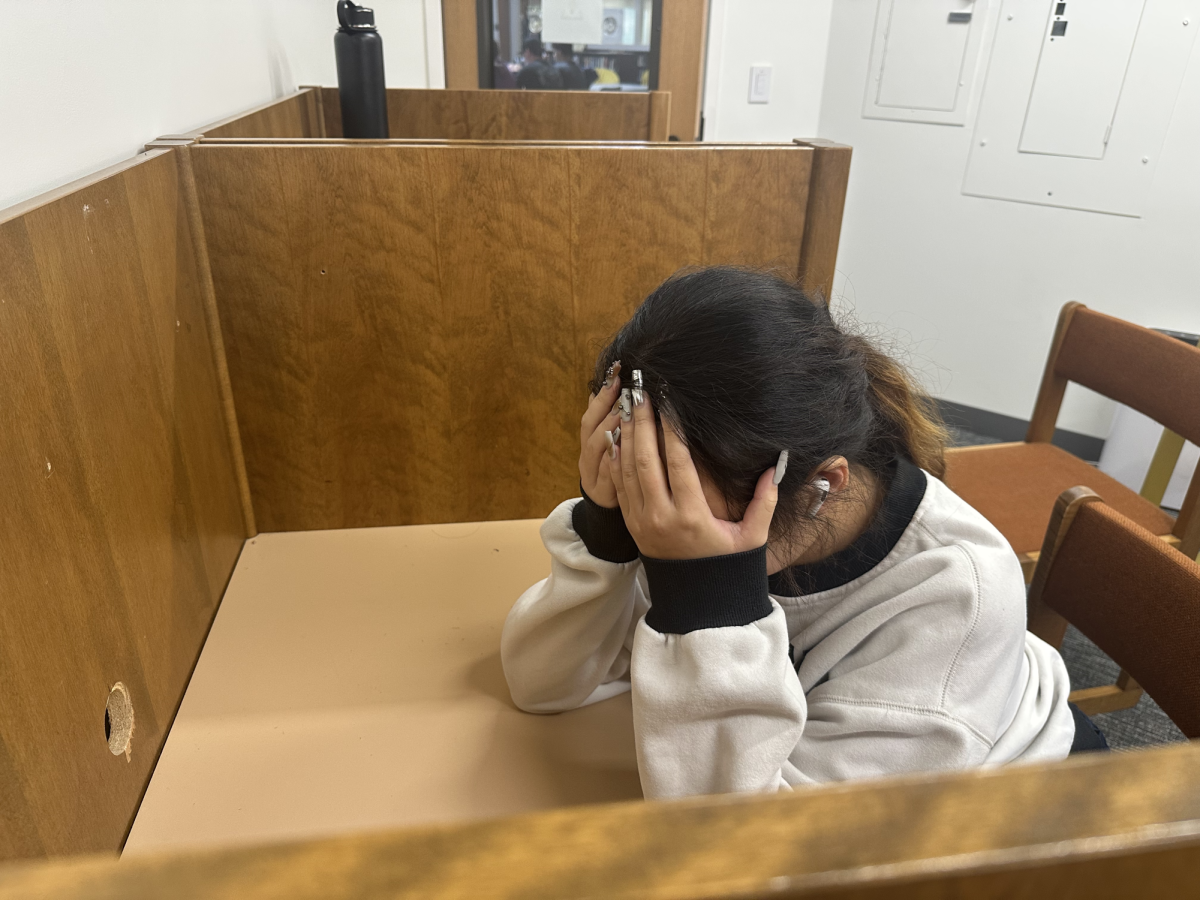It was the morning of January 7th, and the sun was shining throughout Los Angeles. Rush hour had just ended. Employees in offices, baristas in coffee shops, children in school, and joggers in parks.
You walk out into the street expecting a breath of fresh air when suddenly a sharp burning smell fills up your nostrils, each inhale growing thicker and nastier. You look up only to see smoke covering the sky. Firetrucks rush past you into the heavy smoke as sirens fill the air.
Barely able to make out a clear view, you see it—the mountain you hiked all your life, the house you were raised in, the school you spent your last three years at, the streets once filled with laughter—all on fire, burning to the last inch. Years of memories, work, and life, all destroyed in a matter of seconds.
This heartbreaking scenario was a reality for thousands of residents in the Los Angeles area during the Palisades Fire. During such a devastating moment, when many people had lost their homes, schools, jobs, and areas of gatherings, resilience was found.
The strength formed after the destruction of the Palisades fire is shaping the physical and emotional recovery of Los Angeles.
Burning over 23,000 acers, the Palisades fire caused significant physical damage to the Los Angeles community of about 21,000. Over 6,000 buildings were destroyed in the fire. These included homes, schools, businesses, restaurants, historical landmarks, and areas of gatherings.
“It was very difficult and even traumatizing to watch my whole community being destroyed by the fire,” said Brian Espin, Senior Lead Officer for the Pacific Palisades. “I felt helpless watching many of the community members homes that I know burn to the ground.”
Distraught and heartbreak affected thousands in Los Angeles.
“My family and friends all feel so anxious in anticipation of the worst. My grandma experiences PTSD, and heightened anxiety every day,” said Harper Stone (’28). “Our hearts are so heavy and sick with the loss within her community.”
Witnessing the Palisades Fire become the third most destructive in California, raised several emotions. Though difficult, these shared experiences paved the way to the physical and emotional recovery process for Los Angeles.
To support fire impacted residents, non-profits and businesses have come together to provide necessary items including food, products, and clothes. To ensure both physical and emotional support were being provided, the American Red Cross, opened an emergency shelter at the Westwood Recreation Center for fire-impacted residents. Aiming to provide them with necessary food, the World Central Kitchen organized meal distribution sites across Los Angeles. In addition, fashion brands such as MadHappy and Stoney Clover Lane were donating products including clothes and skincare to assist with providing necessities.
In continuation to support residents, the Los Angeles County established programs that would provide financial assistance through the Household Relief Grant. These grant ranges from $6,000 to $18,000 focused on immediate housing and living reliefs.
Further, Gavin Newsom, the Govenor of California, has issued orders to assist with recovery acts. On January 12, Newsom announced plans to allow rebuilding in fire-affected areas by removing permit requirements under the California Coastal Commission.
Additionally, an executive order was passed to assist with creating immediate temporary shelter by suspending mobile home fees, prohibiting excessive price increase on housings, and beginning the steps to create long-term housing plans for displaced residents. Taxpayers in the Los Angeles area that were affected by the fire received further help through tax reliefs. Newsom issued an order to support impacted business owners by waiving license certificate fees, eliminating certain relocation requirements and extending license, permits, certification and appeal deadlines.
“There are many things we learn after any incident,” Brian said. “There will be many lessons learned from what went well during the incident and what we could do better.”
To prevent future disasters, Los Angeles is taking steps to address issues that were raised during the Palisades fire. To prevent fire insurance’s from dropping people abruptly, the Los Angeles Department of Insurance have enforced moratorium on the cancellations of insurance in fire impacted areas. Preparation for evacuation during a wildfire is also a key topic during natural disasters.
“I believe always having a plan sets the stage for any emergency,” Brian said. “Having a list of what’s most important to you that needs to evacuate first with you can definitely help in strategizing your evacuation.”
The Palisades fire served as a challenge to the Los Angeles infrastructure and community. Despite the immense amount of physical and emotional damage, the efforts in taking immediate steps towards recovery highlight the hope for an effective and sufficient rebuilding of Los Angeles.
“Like the old saying goes, ‘control what you can control, if you can’t control it do your best to manage it,’ that’s all we could do at the time was manage what we could,” Brian said.


